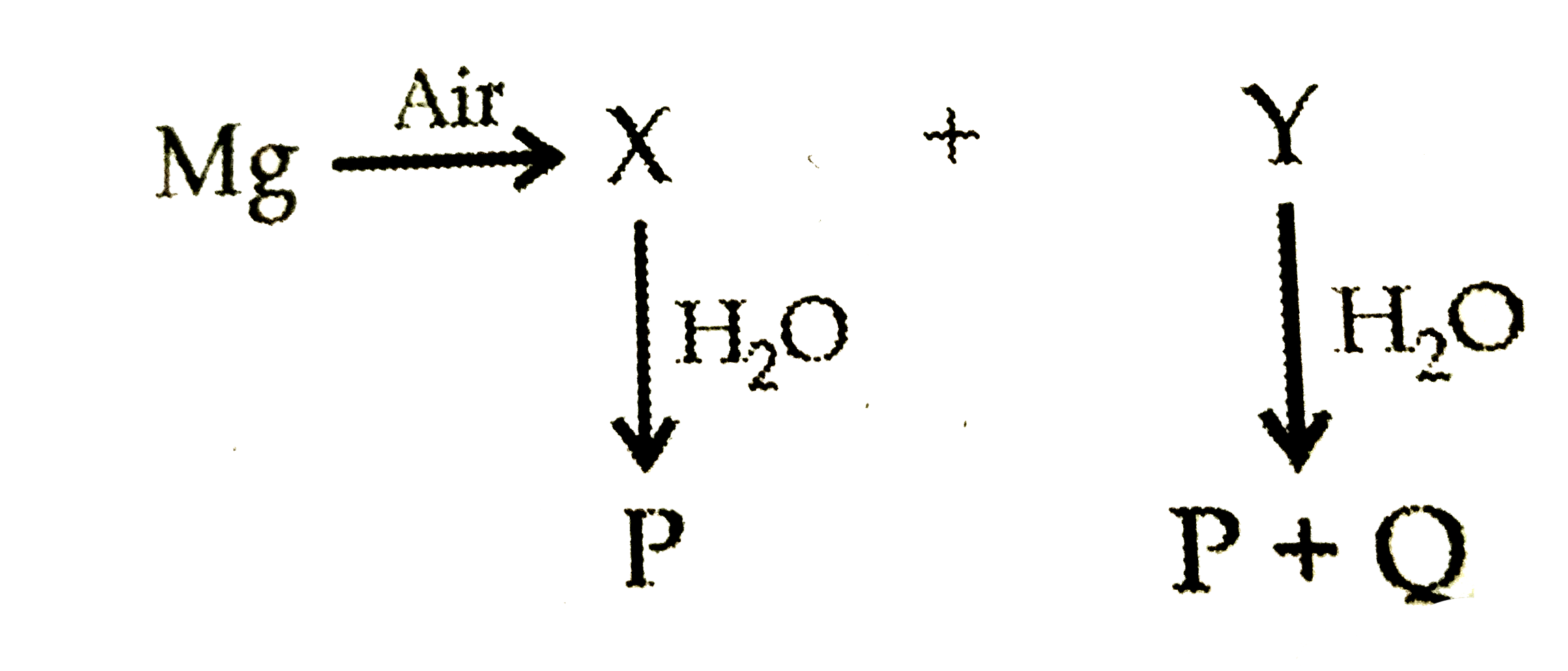When magnesium is burned in air, a powdery ash X is formed. X on dissolving in water forms Y.
What conclusion do you get about the nature of Y from its action on litmus paper ?
The correct Answer is:Y is basic in nature
Step by step video, text & image solution for When magnesium is burned in air, a powdery ash X is formed. X on dissolving in water forms Y. What conclusion do you get about the nature of Y from its action on litmus paper ? by Chemistry experts to help you in doubts & scoring excellent marks in Class 7 exams.
Topper's Solved these Questions
- BOOK - LAKHMIR SINGH & MANJIT KAURCHAPTER - PHYSICAL AND CHEMICAL CHANGESEXERCISE - EXERCISE102videos
PHYSICAL AND CHEMICAL CHANGES
- BOOK - LAKHMIR SINGH & MANJIT KAURCHAPTER - FIBRE TO FABRICEXERCISE - EXERCISE89videos
FIBRE TO FABRIC
- BOOK - LAKHMIR SINGH & MANJIT KAURCHAPTER - WASTE WATER STORYEXERCISE - EXERCISE72videos
WASTE WATER STORY
Similar Questions
Knowledge Check
- Question 1 - Select One
When an object is touched with the metal top of an electroscope, its aluminium leaves diverge. What conclusion do you get from this observation ?
AThe object is chargedBThe object is unchargedCThe objects is an insulatorDNone of these - Question 2 - Select One
A student burns a magnesium ribbon in air and dissolves the ash of the ribbon left after burning in distilled water. On pouring one drop each of this solution, first in blue litmus and then in red litmus solution, he would observe that
ABlue litmus turns colourless, whereas the red litmus remains redBBlue litmus remains blue, whereas the red litmus turns blueCBlue litmus turns red, whereas the red litmus remains redDBlue litmus turns red, whereas the red litmus turs blue - Question 3 - Select One
A student burns a magnesium ribbon in air and dissolves the ash of the ribbon left after burning in distilled water. On pouring one drop each of this solution, first in blue litmus and then in red litmus solution, he would observe that
Ablue litmus turns red, whereas the red litmus remains redBblue litmus turns red, whereas the red litmus turns blueCblue litmus turns colourless, whereas the red litmus remains redDblue litmus remains blue, whereas the red litmus turns blue
When magnesium is burned in air, a powdery ash X is formed. X on dissolving in water forms Y.
What is the action of Y on litmus paper ?View SolutionWhen magnesium is burned in air, a powdery ash X is formed. X on dissolving in water forms Y.
What is the common name of the indigestion-relieving medicine which contains Y ?View SolutionThe distances travelled by a car at various time intervals are as follows :
What conclusion do you get from this graph about the nature of motion of the car ?
 View Solution
View SolutionWhat happens when magnesium is burnt in air and the products X and Y are treated with water ?
 View Solution
View SolutionTake a small quantity of sulphur in a deflagrating spoon and heat it over the flame of a Bunsen burner. As soon as the sulphur catches fire, lower the spoon into a gas jar and close it with a lid. Wait until the sulphur stops burning.
Once the sulphur stops burning, take the spoon out of the jar. Now, pour a small amount of water into the jar and quickly close the lid again. Shake the jar well so that the gas formed in the jar dissolves in the water.
(a). Test this solution formed in the jar with red and blue litmus papers. What do you observe?
(b). What can you conclude about the reaction of non-metals with oxygen from this experiment?View Solution

